Learning to play chess opens up a world of strategic thinking and intellectual stimulation, and at LEARNS.EDU.VN, we’re passionate about helping you master this timeless game. Understanding chess rules, mastering piece movements, and employing effective strategies will give you a great foundation. Discover the joy of chess, improve your cognitive skills, and find a challenging yet rewarding hobby by exploring our resources for chess strategy and tactics.
1. Setting Up the Chessboard: The Foundation
The correct chessboard setup is critical for starting a chess game. Begin by ensuring that each player has a white (or light) square on the bottom right-hand side. This initial setup is essential for accurate gameplay.
1.1. Arranging the Pieces
Arrange the chess pieces in a specific order: pawns line the second row, rooks occupy the corners, knights stand next to the rooks, followed by bishops, and finally, the queen on her matching color square (white queen on white, black queen on black). The king takes the remaining square. This arrangement is consistent at the start of every game.
Setting up the pieces becomes effortless with practice.
2. Understanding Piece Movement: The Key to Strategy
Each of the six chess pieces moves in a distinct manner. Pieces cannot move through other pieces, with the exception of the knight, which can jump over pieces. A piece can move to a square occupied by an opponent’s piece, thus capturing it. Pieces are positioned to capture, defend, or control important squares.
2.1. The King: Limited but Crucial
The king, though the most important piece, is also one of the weakest. It can move only one square in any direction. The king must never move into ‘check’ (an attack position).
2.2. The Queen: The Most Powerful Piece
The queen is the most powerful piece, moving any number of squares in a straight line – forward, backward, sideways, or diagonally – without moving through her own pieces.
2.3. The Rook: Straight-Line Power
The rook can move any number of squares horizontally or vertically. Rooks become particularly effective when working together to protect each other.
2.4. The Bishop: Diagonal Strategist
The bishop moves any number of squares diagonally. Each bishop remains on its starting color (light or dark) throughout the game. Bishops complement each other by covering weaknesses.
2.5. The Knight: The Jumper
The knight moves in an “L” shape: two squares in one direction and then one square at a 90-degree angle. It is the only piece that can jump over other pieces.
2.6. The Pawn: The Backbone
Pawns move forward but capture diagonally. They move one square forward, except on their first move where they can move one or two squares. Pawns can only capture one square diagonally forward and cannot move or capture backward.
3. Special Rules of Chess: Enhancing Gameplay
Chess includes special rules to make the game more strategic and engaging.
3.1. Pawn Promotion: Transformation
When a pawn reaches the opposite side of the board, it can be promoted to any other piece except a king or pawn. Pawns are commonly promoted to queens, adding powerful dynamics to the endgame.
3.2. En Passant: The “In Passing” Capture
“En passant,” French for “in passing,” allows a pawn to capture an opponent’s pawn that has moved two squares on its first move, landing beside it. This capture must be executed immediately following the two-square move.
3.3. Castling: Fortifying the King
Castling allows a player to simultaneously protect the king and bring the rook into play. The king moves two squares towards a rook, and the rook moves to the square the king crossed over. Castling conditions include:
- It must be the king’s first move.
- It must be the rook’s first move.
- No pieces can be between the king and rook.
- The king cannot be in check or pass through check.
Castling kingside places the king closer to the board’s edge, while castling queenside positions the king on the other side.
4. The First Move: Setting the Tone
The player with the white pieces always starts the game, a slight advantage allowing immediate offensive opportunities. Players typically decide who plays white by chance.
5. How to Win a Chess Game: Achieving Checkmate
A chess game can end in several ways: checkmate, draw, resignation, or forfeit due to time.
5.1. Checkmate: The Ultimate Goal
Checkmate occurs when the king is in check and cannot escape capture. The king can escape check by:
- Moving out of the way.
- Blocking the check with another piece.
- Capturing the attacking piece.
If none of these options are available, the game ends in checkmate.
5.2. Draw: An Inconclusive Outcome
A draw occurs when there’s no clear winner. Reasons for a draw include:
- Mutual agreement between players.
- Insufficient pieces to force checkmate.
- Repetition of the same position three times.
- Fifty consecutive moves without a pawn move or piece capture.
- Stalemate: If a player’s king is not in check but the player has no legal move, the game is a stalemate and ends in a draw.
In the depicted stalemate, Black is not under threat but lacks a legal move.
6. Basic Chess Strategies: Foundation for Success
Every chess player should master these four fundamental strategies:
6.1. Protect Your King: Ensure Safety
Move your king to the corner of the board, usually a safer position. Castle early to enhance king safety. A premature checkmate on your own king negates any offensive progress.
6.2. Avoid Giving Pieces Away: Maintain Material
Carelessly losing pieces is detrimental. Each piece is valuable for checkmating. The relative value of chess pieces is:
| Piece | Value |
|---|---|
| Pawn | 1 |
| Knight | 3 |
| Bishop | 3 |
| Rook | 5 |
| Queen | 9 |
| King | Invaluable |
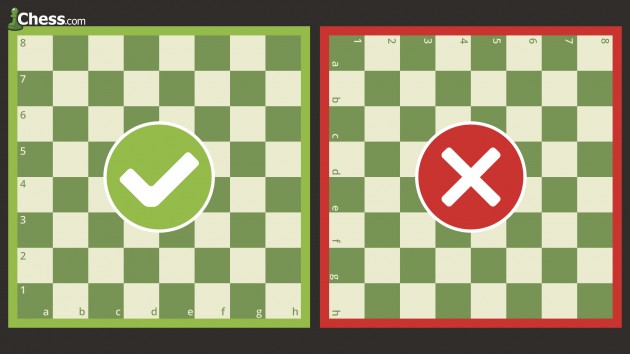
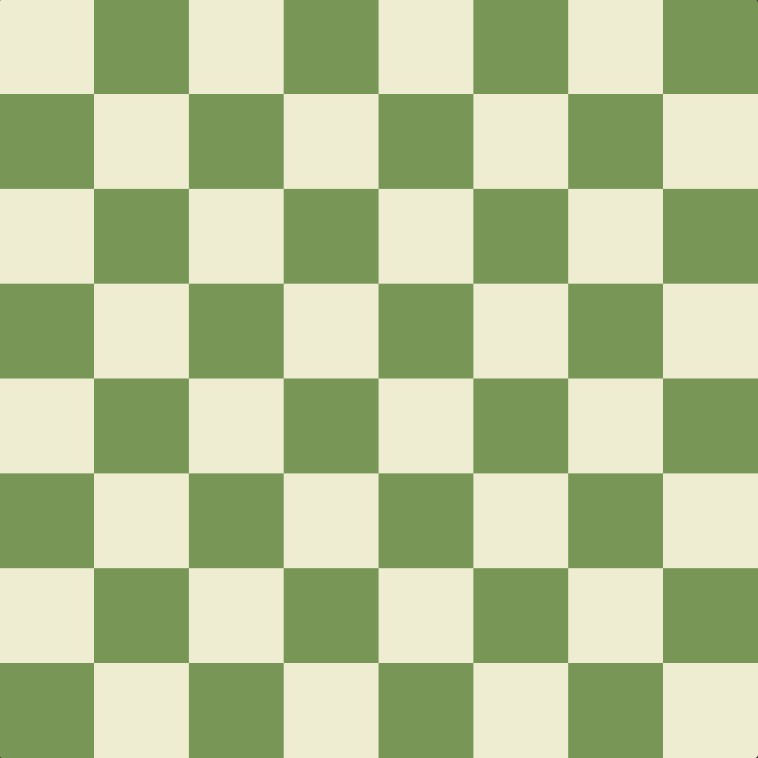

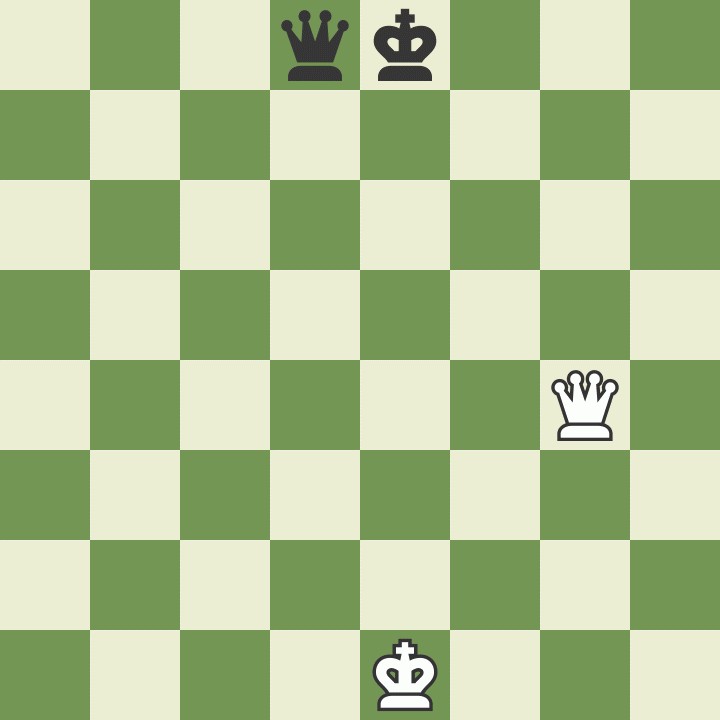
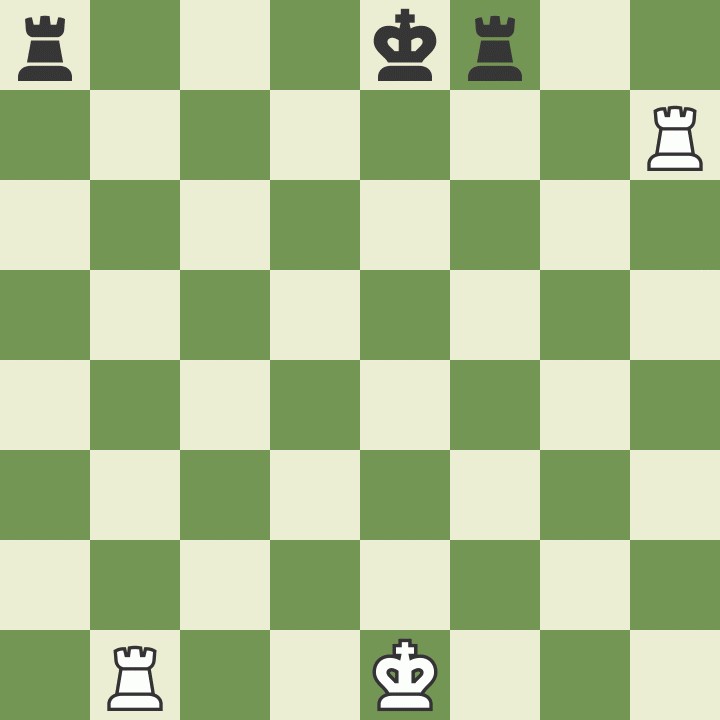
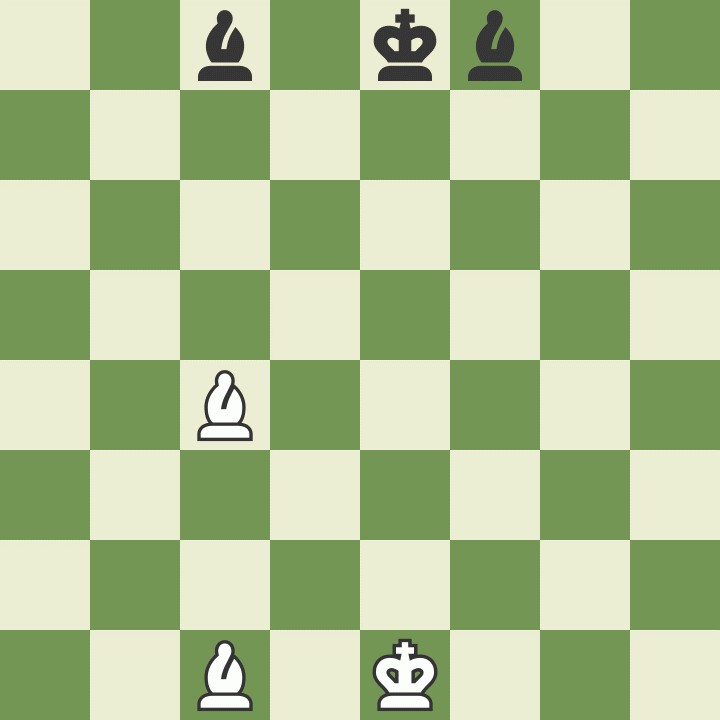
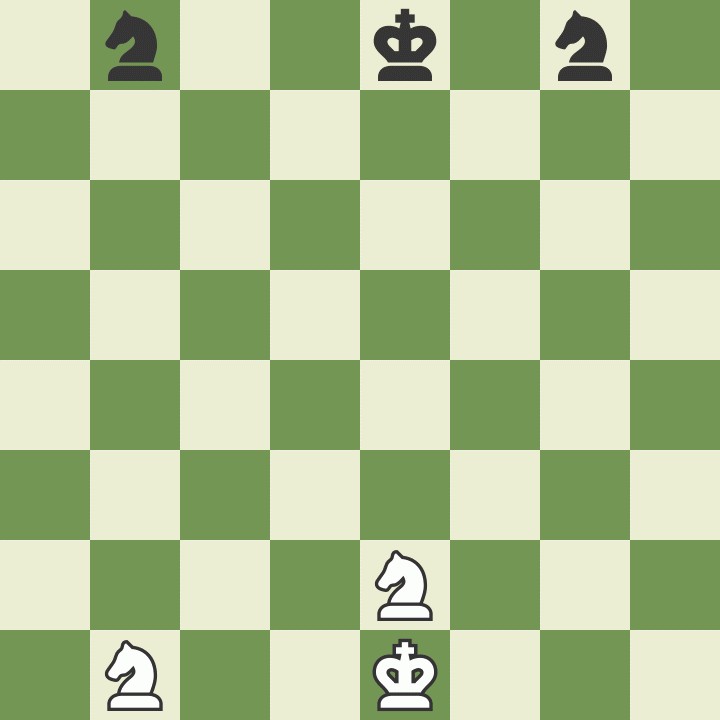
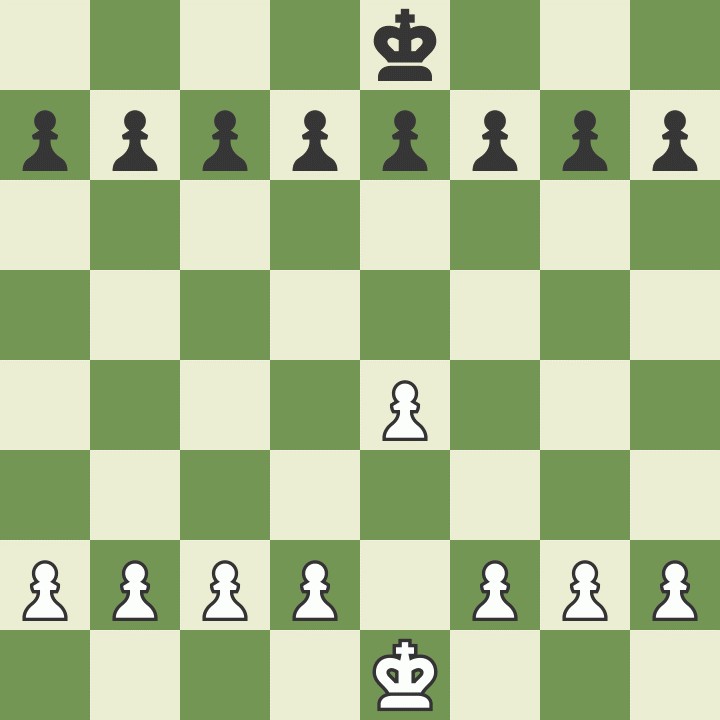
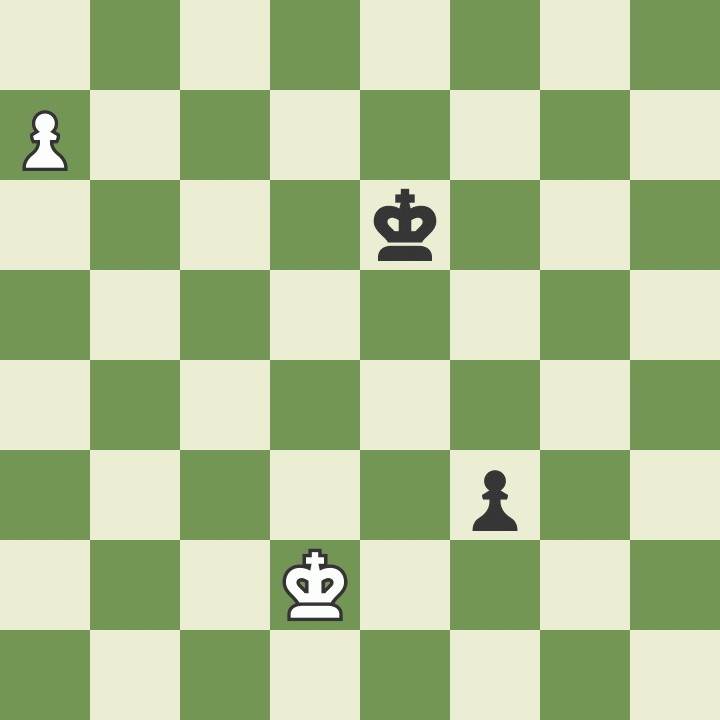

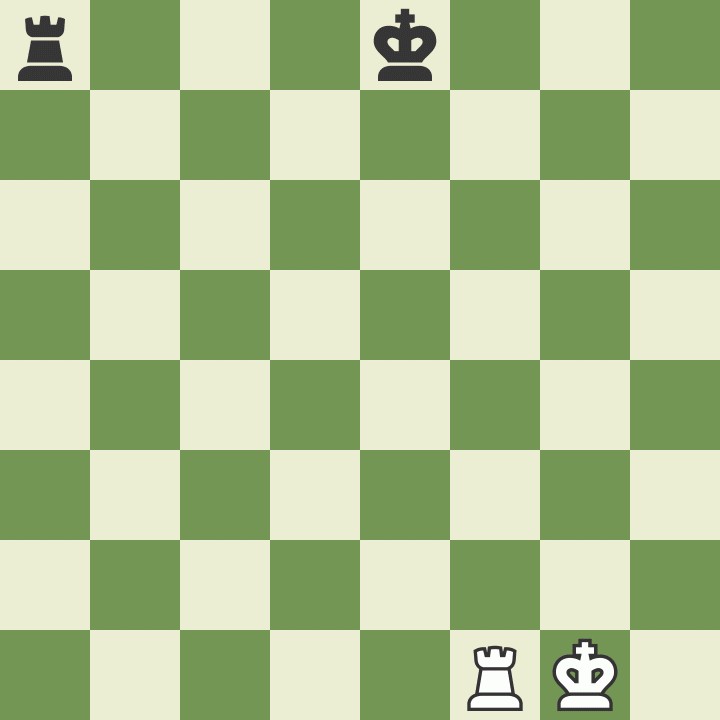
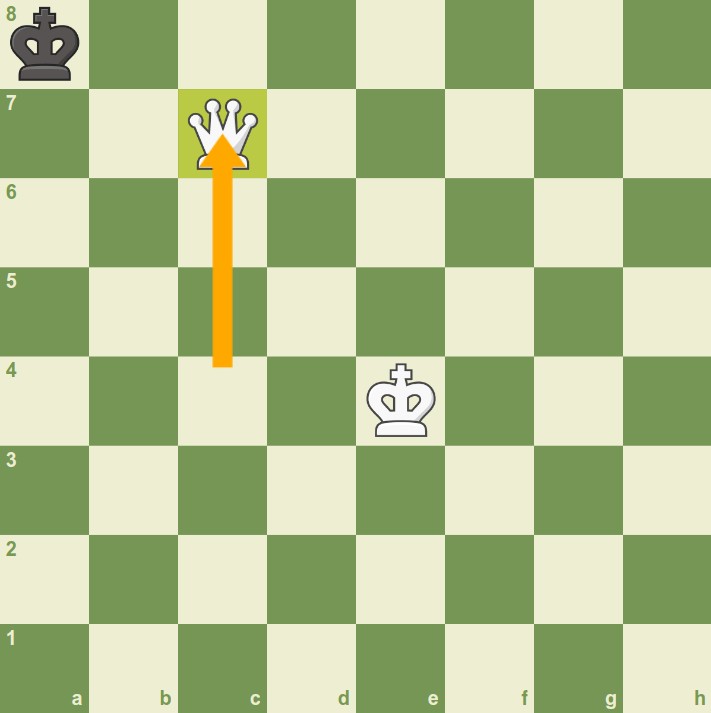
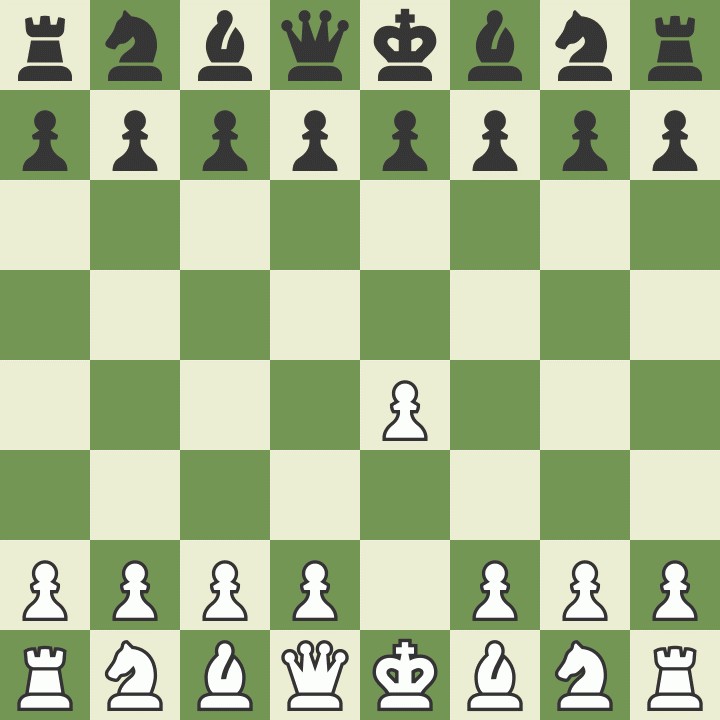

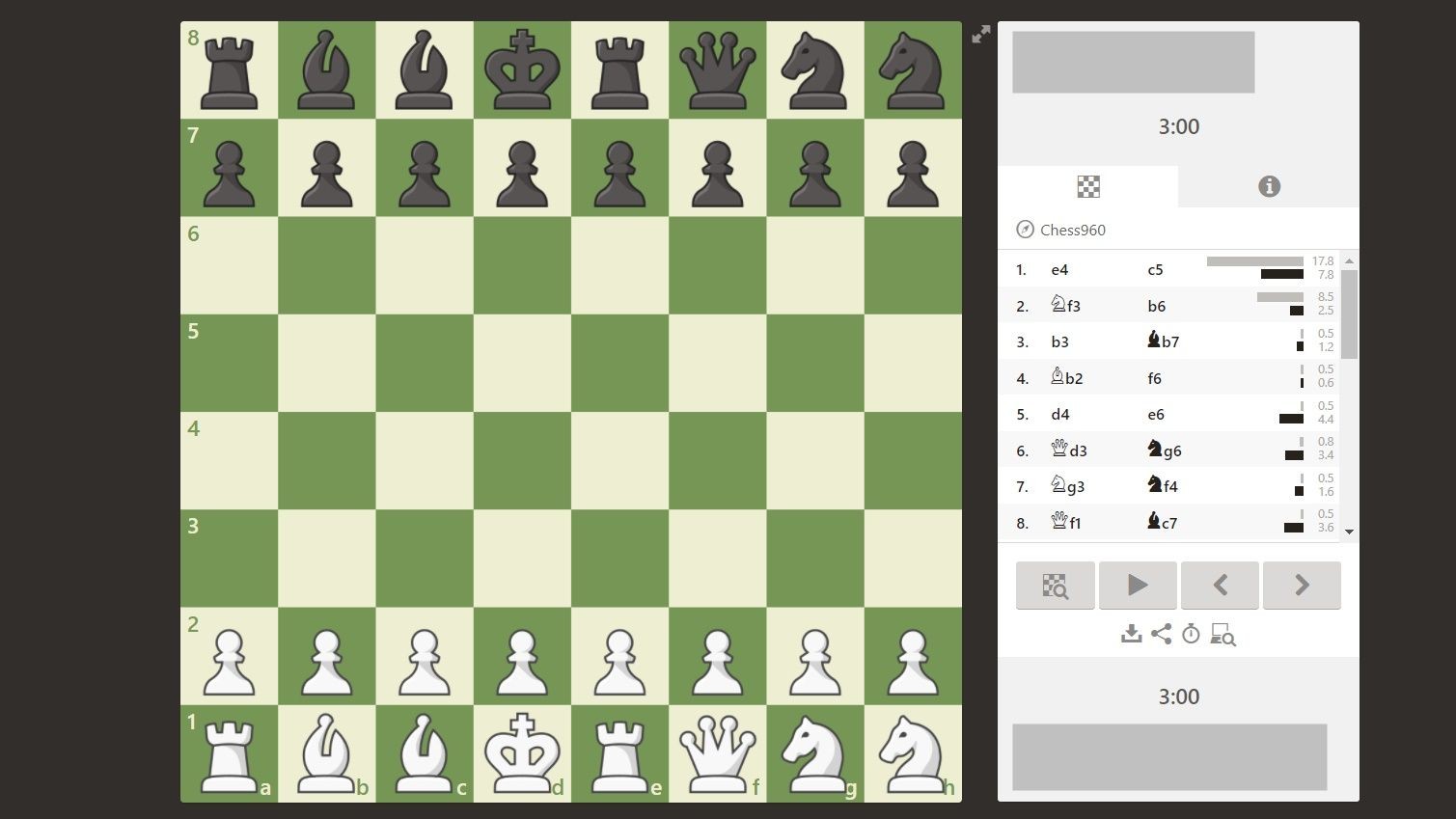
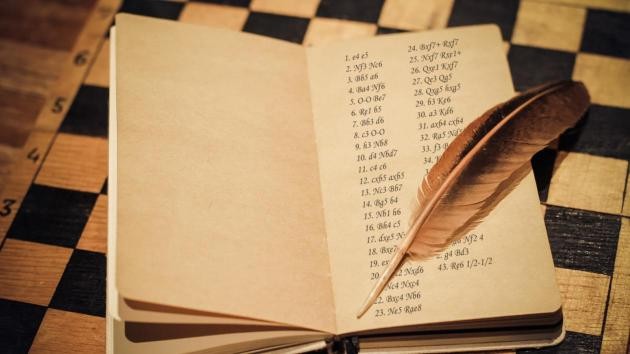
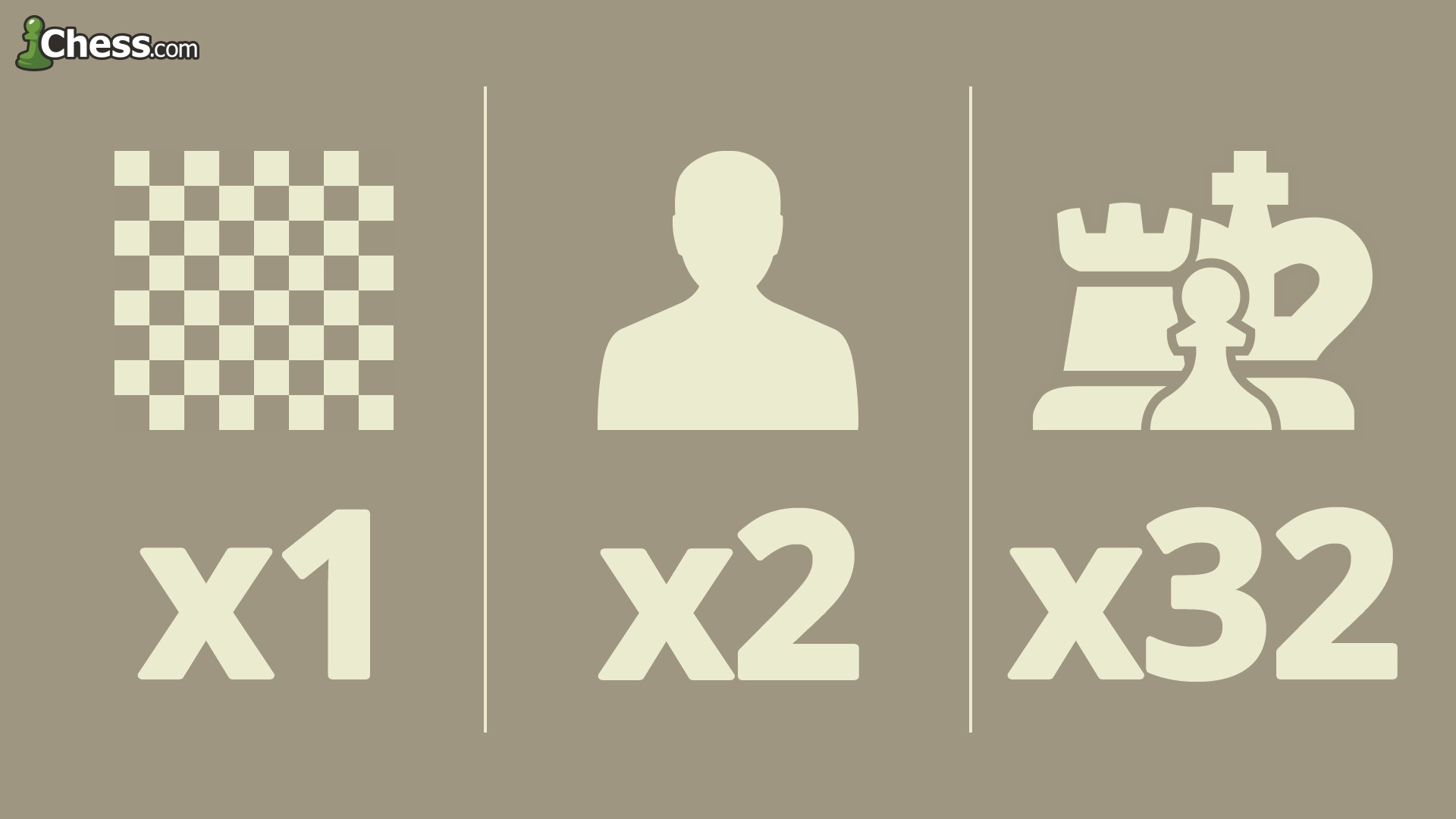
These values guide decisions on captures and exchanges.
6.3. Control the Center: Dominate the Board
Control the center of the chessboard with pieces and pawns to gain more movement options and restrict the opponent’s space.
6.4. Use All Your Pieces: Develop Your Forces
Bring all pieces into play, avoiding inactivity on the back row. Effective attacks require the coordination of multiple pieces.
7. Practice Regularly: The Key to Improvement
Consistent practice is essential for chess improvement. Play frequently with friends, family, or online to develop skills.
8. Exploring Chess Variants: Adding Fun and Variety
Chess variants offer unique twists to standard chess, providing diverse gameplay experiences.
8.1. Chess960: Random Initial Setup
In Chess960 (Fischer Random), pieces are arranged randomly, offering 960 possible starting positions. Castling rules remain the same.
8.2. King of the Hill: Central Domination
The goal is to move your king to the center of the board.
8.3. Bughouse: Team Collaboration
Played in pairs, captured pieces are transferred to teammates for placement on their boards.
8.4. Crazyhouse: Recycling Pieces
Allows players to reuse captured pieces as their own.
8.5. 3-Check: Checking Challenge
The first player to check the opponent’s king three times wins.
Discover the unique thrills of these chess variants.
8.6. Detailed Look at Chess960
Chess960 adheres to standard chess rules, but the starting positions are randomized, offering diverse opening scenarios.
9. Chess Tournament Rules: Competing Formally
Many tournaments adhere to specific rules:
9.1. Touch-Move Rule
If a player touches a piece, they must move it if a legal move is available. Touching an opponent’s piece requires capturing it. Players must announce “adjust” before touching a piece to adjust its position.
9.2. Clocks and Timers
Tournaments use timers to regulate game time, not individual moves. Players start the opponent’s clock after each move. Running out of time results in a loss unless the opponent lacks sufficient pieces for checkmate.
10. Frequently Asked Chess Questions (FAQs)
10.1. How Can I Improve My Chess Skills?
Chess improvement requires:
- Consistent Play: Play as much as possible, learning from both wins and losses.
- Structured Learning: Take online chess lessons to enhance skills.
- Enjoyment: Maintain enthusiasm and learn from defeats.
10.2. What Is the Best First Move in Chess?
While there’s no universally agreed “best” first move, controlling the center early is crucial. Popular choices include moving central pawns two squares forward (1. d4 or 1. e4). Some prefer 1. c4 or 1. Nf3.
10.3. Which Color Starts in Chess?
The player with the white pieces always moves first.
10.4. Can a Pawn Move Backward?
Pawns cannot move backward. However, upon reaching the opposite end of the board and being promoted, the new piece can move backward.
10.5. Can You Move More Than One Piece at a Time in Chess?
Only one piece can be moved per turn, except when castling, which involves moving both the king and rook simultaneously.
10.6. Which Is the Most Important Chess Piece?
The king is the most important piece, as losing it means losing the game, while the queen is the most powerful.
10.7. When Was Chess Invented?
Chess likely evolved from similar games played in India nearly two thousand years ago. Modern chess has been around since the 15th century, gaining popularity in Europe.
10.8. What Was the Longest Game in Chess History?
The longest tournament game was Nikolić vs. Arsović in 1989, played in Belgrade, Serbia.
10.9. What Is Chess Notation?
Chess notation allows recording and analyzing games. Each square has a coordinate, and each piece is represented by an initial (N for knight, B for bishop, Q for queen, R for rook, and K for king).
Chess notation helps you document your games for future analysis.
10.10. What Is the Goal of Chess?
The goal is to checkmate the opponent’s king, placing it in a position where it is under attack and cannot escape capture.
Understanding the material balance in chess is crucial for strategic play.
Unlock Your Chess Potential with LEARNS.EDU.VN
Ready to dive deeper into the world of chess? LEARNS.EDU.VN offers a wealth of resources to help you elevate your game. Whether you’re a beginner learning the basics or an experienced player looking to refine your strategy, our platform provides expert guidance and comprehensive learning materials.
Explore our range of chess resources:
- In-depth articles: Delve into chess tactics, openings, and endgames with our detailed guides.
- Interactive lessons: Sharpen your skills with engaging lessons tailored to different skill levels.
- Expert analysis: Gain insights from experienced chess players and educators.
- Community forum: Connect with fellow chess enthusiasts, share strategies, and learn from others.
LEARNS.EDU.VN is committed to providing high-quality, accessible education for learners of all ages. Our platform is designed to make learning chess an enjoyable and rewarding experience.
Why choose LEARNS.EDU.VN?
- Expert-curated content: Learn from the best with our carefully crafted educational resources.
- Flexible learning: Study at your own pace and on your own schedule.
- Supportive community: Connect with a vibrant community of learners and chess enthusiasts.
- Proven methods: Benefit from effective teaching methods and strategies.
Don’t let the complexity of chess intimidate you. With the right resources and guidance, anyone can learn to play and enjoy this timeless game. Visit LEARNS.EDU.VN today and embark on your chess journey!
Ready to take the next step?
Visit LEARNS.EDU.VN to explore our chess resources and start your learning journey today. For more information, contact us at 123 Education Way, Learnville, CA 90210, United States. You can also reach us via Whatsapp at +1 555-555-1212.
Unlock your potential and discover the strategic brilliance of chess with LEARNS.EDU.VN.
Call to Action
Visit learns.edu.vn today to explore more articles, courses, and resources that will help you learn new skills and expand your knowledge. Don’t miss out on the opportunity to enhance your learning experience. Contact us at 123 Education Way, Learnville, CA 90210, United States or through Whatsapp at +1 555-555-1212. Start your journey towards lifelong learning now!